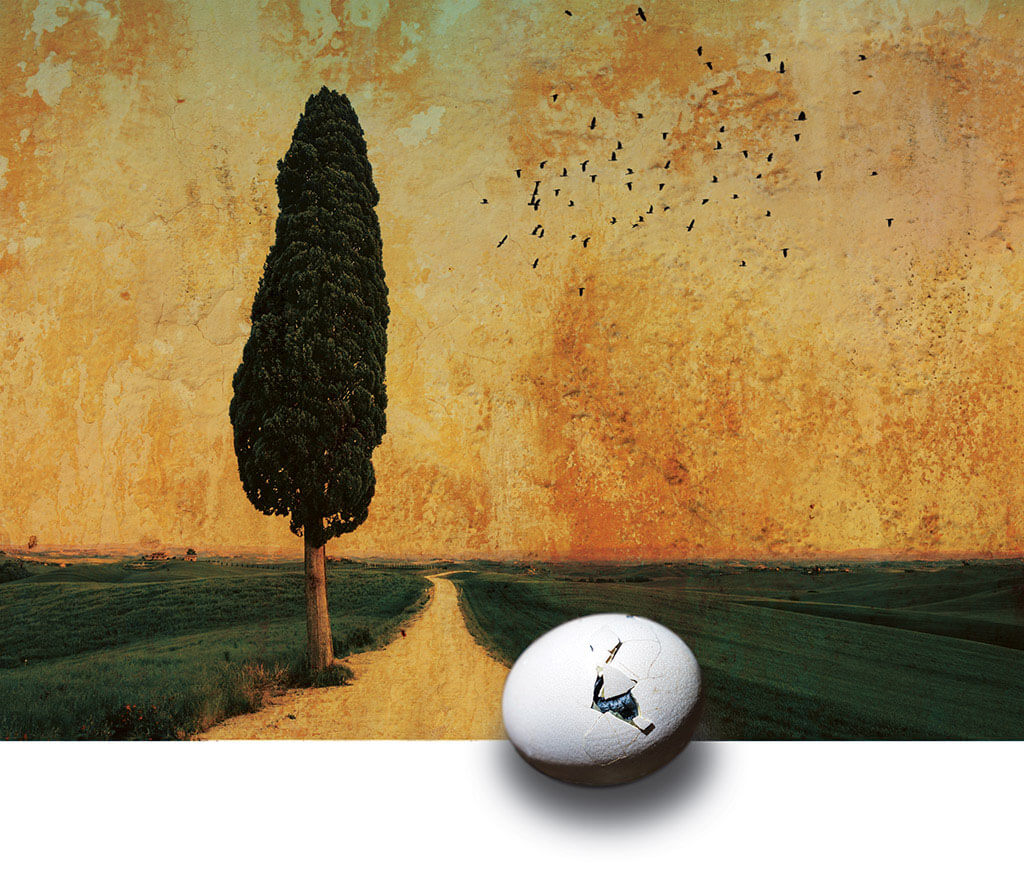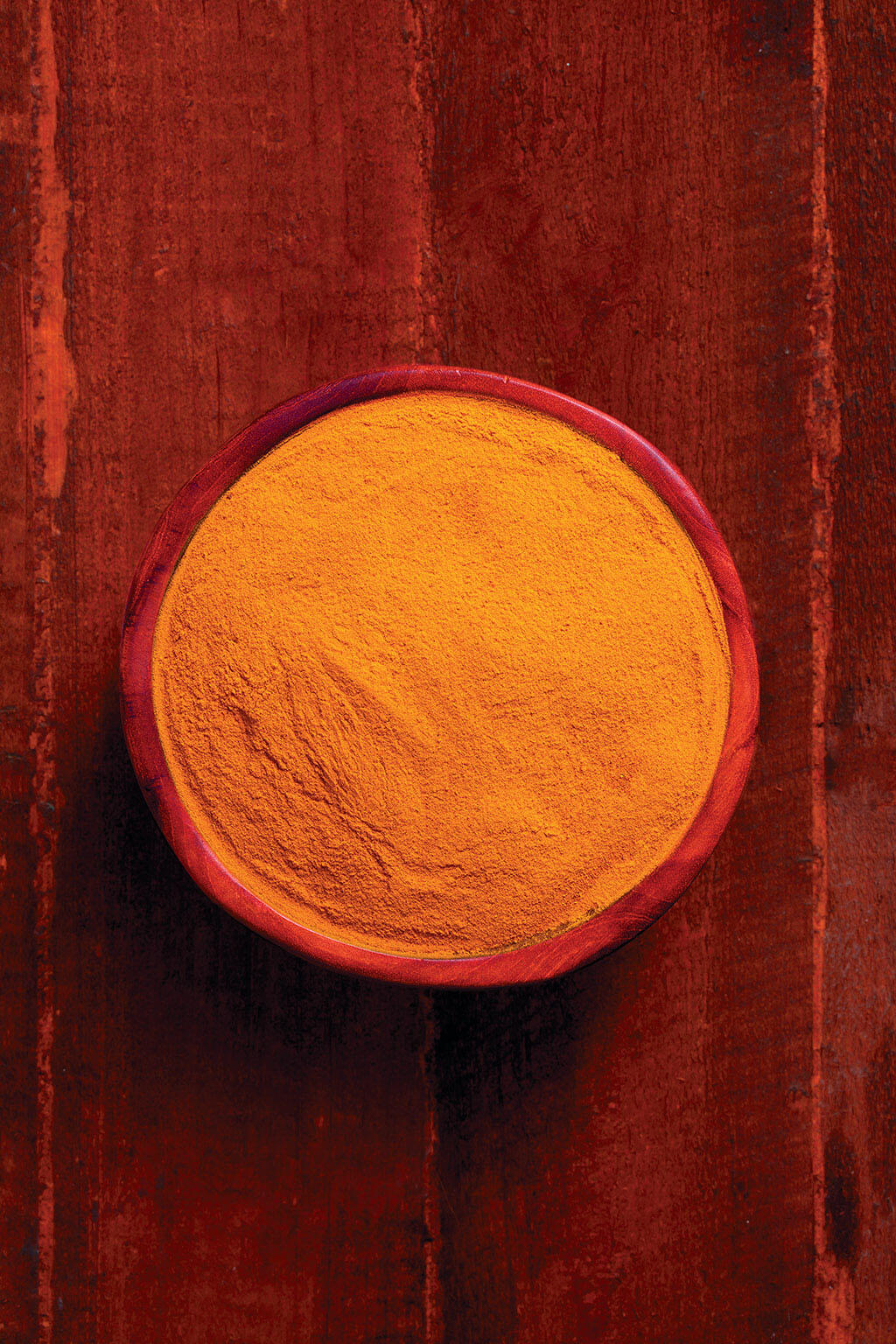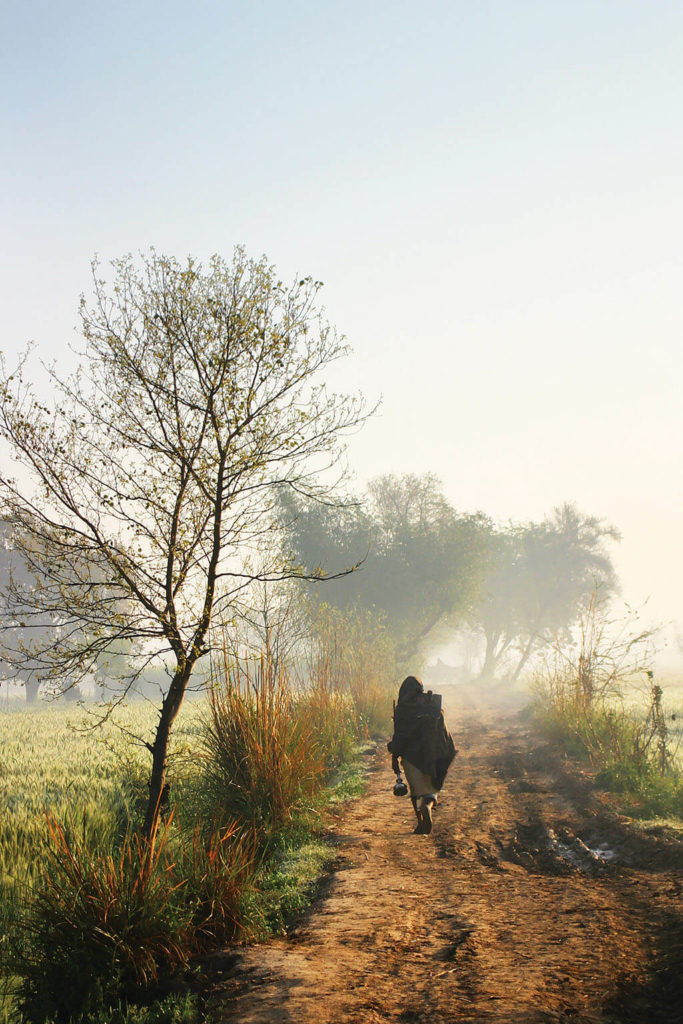 When a Sufi Chooses to Travel
When a Sufi Chooses to Travel
Two South Asian Pilgrimages
By JOHN L. CAUGHEY
When a dervish chooses to travel…his object in traveling must be either pilgrimage or opposing injustice or to see a (holy) site or to derive instruction or to seek knowledge or to visit a venerable person, a Shaykh, or the tomb of a saint; otherwise his journey will be faulty.
—Data Ganj Bakhsh
When our Sufi teacher, Syed Mumtaz Hussain Shah, or Shah Jii, traveled away from his Sufi center, a cave and complex of small buildings in the hills near the city of Islamabad in Northern Pakistan, he carried a small satchel. In this satchel was the one book he owned, an Urdu translation of The Unveiling of the Veiled by the famous 11th-century Sufi Saint, Hujwiri, or Data Ganj Bakhsh. When we discussed the passage above from Data’s book, Shah Jii said to me, “These principles are quite correct and I appreciate all of them. However, one more rule needs to be added—We only travel under the instructions, guidance, and blessing of our Murshid, ‘Spiritual Master,’ or, as we shall see, ‘Spiritual Masters.’”
[wcm_restrict plans="Sufi Journal Digital Edition, Sufi Journal Digital Edition old"]Later, one day in June, 1977, Shah Jii informed me and the rest of the disciples that his Murshid had instructed him to travel next week to the tomb of a Saint high in the hills of Murree. The disciples were pleased. They told me that the mountain site was beautiful, that we would arrive before sunset, enjoy the evening’s activities, and participate the next day in the Urs, death day celebration, at the tomb of Baba Lal Shah. The drive up they said would, “only take about two hours.” However, as it turned out, the trip was a long, intense, and challenging series of difficulties and openings that took almost eight hours.
About two in the afternoon, when we were expecting to set out, Shah Jii came down the trail from the Sufi Center to the bus stop and parking area at the edge of the village of Nurpur. There he found several of his followers arguing with the driver who was supposed to take us to Murree. We had obtained an old white van but given that 14 of us were going —Shah Jii, several senior disciples, two young disciples, and some worldly followers and family members, we needed a car as well. It had been sunny in the morning, but now the weather was turning dark, ugly purple and gray clouds rolled rapidly past overhead and fierce gusts of wind whipped up dust around us. The driver was concerned about the weather and our plan to take back roads. Becoming surly and rude, he loudly demanded more money. Shah Jii stepped in and patiently tried to persuade the driver but he refused to listen, turned, and stalked off angrily. Shah Jii remained completely at ease, calm and unperturbed. As the driver walked off, Shah Jii happily joked and laughed with a friend who had just arrived.
Up on the hills. lightning was playing and we could hear distant thunder. One of the disciples said, “The weather does look really bad.” “No matter,” Shah Jii replied serenely and he sent two of the disciples off to the nearby city of Rawalpindi to seek another driver. As we waited, a thunder storm hit with crashing thunder, wild strikes of lightning, and a downpour of rain. Finally, about 3:30 the disciples returned with another driver and his car, a battered 1967 Opal. Our spirits lifted and we attached green flags to the car, signalling that we were Sufis on pilgrimage. It was still raining but everyone seemed glad to be leaving the routines of ordinary life and happy to be finally setting out together for the celebration ahead. Shouting religious slogans, both drivers gunned their engines and we roared off together. Splashing along the wet road, the van pulled up even with our car and laughing and shouting we raced down the road side by side. The van went on ahead when we stopped for gas. When the tank was filled, the car wouldn’t start. As the rain poured down, we got behind the car and pushed. Finally the engine coughed into action and we drove on, beginning our long slow climb up into the steep hills. The car was humid, one of the windshield wipers was broken, and the visibility was poor. The driver often had to lean out the side window and wipe the outside of the windshield with a rag. He was also concerned about an official check point up ahead because we did not have the appropriate official papers. Darkness fell and the twisting mountain road was slick, dark and narrow with deep drops down into the valleys below. We slowly passed though dark pine forests. In several places the road was partially washed out and we had to inch past dangerous drops. Shah Jii remained as serene as ever and he too chuckled when the driver jokingly asked, “Wouldn’t one of you like to drive?”
Stopping for tea at a candlelit café, we were told that there had been several accidents on the road. In one crash a truck overturned and one of the passengers, a young boy, mysteriously disappeared. As we discussed the road ahead, one of the disciples complained about all the troubles we were encountering, the delays and dangers, the bad roads, and the terrible weather. Shah Jii smiled and calmly said “What ‘difficulties?’ Difficulties are what make travel amusing.” When we came to the checkpoint the armed guards, seeing our Sufi flags, waved us on through. But the challenges continued. Given the poor visibility and bad roads we drove slowly. Mostly there was no other traffic but occasionally, a huge painted truck or large rickety bus suddenly appeared around the turn ahead. We narrowly avoided several crashes as we drove along the very edge of the road. Two or three times we had to slam on the brakes, stop, and back up to allow a truck to squeeze by.
When we finally reached the entrance to Baba Lal’s shrine it was 11:30 pm, about eight hours after we set out. We turned off the highway and started down the dirt entry road. Because of the rain it had turned to mud as slick as ice and the car—impossible to control—slid alarmingly from side to side. Eventually we had to leave the car and set out on foot, carrying our gear towards the shrine in the dark, rain, and mud. Arriving, we found that the shelters were crowded and completely full and there was no place for us out of the rain. “No matter,” said Shah Jii. So we walked out onto a wet grassy field, spread a heavy carpet down on the ground, lay down, and pulled another carpet up over us. The five of us lay side by side with the rain pattering down on the top carpet just above our heads. Soon the rain stopped and despite the discomfort, we were fairly dry. It felt surprisingly good to be lying there together with our Teacher. We were happy to be with him and there was a pleasing sense of spiritual camaraderie. Shah Jii seemed totally content, happy and at ease. I fell into a peaceful sleep. When we awoke, the scene was wonderful. The rain and clouds were gone and the sun was shining warm and bright. The sky above was beautifully clear, the mountain air fresh, and up here on this high meadow we could see ridge after ridge of blue mountains falling away towards the Indus plain in the distance far below. Cooking fires were already going, someone was beating a huge drum, and several men and women were beginning to dance. It was a happy time, this was the anniversary of Baba Lal Shah’s union with the divine.
When we awoke, the scene was wonderful. The rain and clouds were gone and the sun was shining warm and bright. The sky above was beautifully clear, the mountain air fresh, and up here on this high meadow we could see ridge after ridge of blue mountains falling away towards the Indus plain in the distance far below.
So Shah Jii and the Sufis quite remarkably transformed our long, arduous, challenging eight-hour journey and difficult arrival into an interesting, enjoyable, and “amusing” spiritual experience. Through their teachings; “no matter,” “difficulties are what make travel amusing,” their general orientation and demeanor, and their responses to what occurred, Shah Jii and his senior disciples taught us about the Sufi way of travel. If you can rise out of the nafs, the whining complaining lower self, and stay with and be guided by the Ruh, or True Self, the difficulties and opportunities of travel can become “amusing,” interesting, and entertaining opportunities to practice the art of the Sufi way. Along with prayer and meditation, the Sufis accomplished this transformation through how they related to their companions. There was a strong feeling of spiritual camaraderie, responsibility, affection and connectedness. The Sufis seemed always to be relating to each other through relaxed, leisurely, friendly conversing. Chuckling and laughing, they kept and regained composure by centering, staying in the Self, and relating from there. Helping to lift each other up, they reinforced the happiness and power of being together on a spiritual journey. Our Teacher, Shah Jii, played the key role in this, his affection for us as his students, his words, suggestions, laughter, serenity, charisma and unshakable good humor were contagious and called us back to the way. Through his presence and guidance we experienced a peculiar sense of contentment—satisfied and happy to be right here on this journey willingly accepting whatever was happening.
Our support from Shah Jiii was amplified by the principle he added to Data’s rules for Sufi travel. On this journey it was not just the five of us riding in the car or sleeping under the carpet. We were accompanied by a powerful set of invisible companions, our Spiritual Allies, or “Murshid.” For these Sufis, the Murshid was not one singular Teacher but a collective who were mainly understood to be the spirits of the Sufi teachers with whom we were connected. Most important was Shah Jii himself—in his physical presence and also as a figure in our minds. The Murshid also included Shah Jii’s teachers and several Sufi Saints like Buri Imam, Data, Zinda Walyi, and Baba Lal Shah, all of whom were very much with us on the pilgrimage. Shah Jii’s decision to travel was based on a spiritual intuition he received from his Murshid which gave him “the blessing and permission to make the trip.” Sometimes the Murshid were experienced as external spirits. When any kind of help occurred, when the new driver finally arrived at Nurpur, when the car started, when we successfully squeezed past a truck, when we passed though the check point, when the missing boy was found on the shrine, when we awoke in the morning to a beautiful day, the Sufis attributed these occurrences to the spiritual assistance we drew from the Murshid.
The Murshid were also experienced as images within the mind in dreams and waking consciousness. As disciples, we were expected to cultivate this inner guidance. As Shah Jii said to me, to attain spiritual help, “You must form an image of your teacher/Murshid in your heart” and “You must seek to keep the Teacher always with you in your heart.” This is the basic principle, calling up the image of our Teacher, we become centered and can draw on all the “help” or spiritual power they give us. Often the Sufis gave thanks to the Murshid in the midst of the journey by calling out their names. Happily racing our car down the wet road near Nurpur, passing safely through a dangerous place, experiencing the beauty of the morning, the Sufis would call out the name of one or more of their Teachers or Saints, as by shouting out the name of Buri Imam as “Buurriii!” Even the difficulties we encountered came from the Murshid. Just as one’s Teacher presents one with difficult practices during the initiation process, the Murshid, they say, “love to test and thereby strengthen” the spiritual power of their followers. By orienting to all the ups and downs of pilgrimage this way, the Sufis transmuted the experience of travel into an ongoing spiritual drama.

As anthropological scholars like Victor Turner suggest, an important part of pilgrimage is the special connectedness, the feeling of “communitas” that develops among those who are traveling together. What the Sufis show us is that this community is much wider than the real people actually with us on the trip, and that pilgrimage can be made more spiritually powerful by using creative imagination to consciously connect with the allies that ride along with us. In suggesting that we develop an image of our teachers or Murshid in our minds and hearts, the Sufis are not asking us to do something very difficult. Although many of us are only dimly aware of this, and although our Western culture leads us to downplay it, every one we know well, our family members, friends, and our teachers not only exist out there in the real world, they also exist as doubles within, as images in our minds. At night we see and interact with these images in dreams. In our waking experience of the stream of consciousness, they regularly appear to us as we re-experience past interactions or anticipate what may happen next. What the Sufis emphasize is that the practice of consciously relating to images of our spiritual teachers is a powerful dimension of the spiritual journey. When we see one of our teachers in the real, her or his presence calls us back to the Self. Similarly, when we see our teachers in our mind’s eye, they help us as well, calling us back to the Sufi way. Connecting with our teachers through the heart, we feel the love and gratitude we have for them. Connecting through our understanding, we recall what they taught us and continue to teach us about how to live.
After I left Pakistan in 1977, I never saw Shah Jii again—in the real. When I returned in 2007 he had already passed away. But given what he had invited me to do during our time together, I remain in touch with him. I can “see” him in my mind’s eye. I continue to interact with my image of him through memories and waking dreams. I remember the example he set for me on occasions like the pilgrimage to Murree. I recall things he did and said, and continue to ponder and learn from these, as when I seek to apply his teachings to some aspect of my life. And our “relationship” has also developed over time. In the beginning I was very much his muriid, his student. But as I have matured over the years this has changed. Eventually the Teacher lets his disciple go as a student—and welcomes him as a companion. Now it is less like I am listening and more like we are conversing. Now I feel more independent. I feel like I have my own source within, and to an extent I do. But it is useful to remember that this inner guidance is not just “I” making choices. If it was not for our Teachers, we would not have learned how to tune to the Teacher within—and the petty ego might have become our Murshid. All these years later, Shah Jii is with me but he is not the only one. In the decades since 1977, I have worked with other teachers. My Murshid is plural and includes, for example, my American Sufi teacher, Ruth, her teacher’s teacher, Inayat Khan, three Tai Chi Masters, and several other teachers I have worked with and continue to meet.
Encounters with various Murshid occurred on a “pilgrimage” I made earlier this year with my wife and a Hindu friend, both of Indian origin. We traveled to ashrams, Hindu temples, and sites of natural beauty in Tamil Nadhu in the south of India. While it was just the three of us traveling together, in our minds and hearts we each brought with us a variety of spiritual figures. We carried images of teachers we have learned from, and also images of Hindu gods and goddesses to whom we are connected. My wife has a longstanding interest in Shiva, Lord of Awareness, and in the warrior goddess, Durga, who she relates to as a symbol of female empowerment. Back home on my desk I have a small painting of the goddess Saraswati that my wife once gave me. But her image as a symbol of spiritual beauty and learning is also with me in my consciousness. For all of us the trip was a meaningful opportunity to visit some of the most sacred and renowned Hindu temples in South India. Out of the heat and sun, in the mysteriously powerful semi-darkness of the Chidambaram Nataraja Temple, we contemplated dozens of wonderful images of Hindu gods and goddesses including that of Shiva in his manifestation as Nataraja, Lord of the Dance. There we attended darshan, a special ritual of blessing and “appearance” in which devotees see the god and the god “sees” them. With an expectant crowd we waited as Hindu priests ducked in an out of the curtained area preparing for the appearance. While we were waiting, we gazed up at statue of Shiva in his nataraja pose, dancing the universe into motion and stepping on the dwarf of forgetfulness of Self. As I admired this statue, I remembered a teacher telling me that as you yourself step on, or overcome the inner dwarf of forgetfulness of Self, you can sometimes “almost hear it screeching.” Eventually, to the sounds of drums and temple bells, the curtain was parted and the symbol of Shiva appeared. While encountering such external representations was riveting and meaningful, an equally vivid form of darshan occurs when an image of the god or goddess appears in a dream or vision, or when the Goddess’s inspiration or influence is experienced. Much like the Sufis, my wife and our friend often felt that something that happened on our trip was not an accident, “Kali made us stop here,” “Durga directed us there…”
While I enjoyed visiting the temples and participating in the drama of the Goddesses’ seeming interventions in our trip, most of my own interactions with the Murshid took other forms. We stopped for several days in the small coastal city of Pondicherry, the center of the former French colony on the Bay of Bengal. We came here to connect with a Hindu Teacher, Sri Aurobindo (1872-1950), a former Indian freedom fighter, yogi, and guru. When the British sought to jail him for his political activity he escaped to the safety of the French colony and established an ashram in Pondicherry. Sri Aurobindo and his special companion, a French woman known as “The Mother,” are buried here and their spirits are very present. We could connect with Sri Aurobindo because we had read his writings, knew the general details of his biography, and had seen his photographs. Reading his essays, some of his teachings lingered in my memory and occasionally his image appeared in my mind. On two nights, I attended the evening ritual in the ashram not far from the guests house where we were staying. There were about seventy-five people sitting there in the courtyard around the tombs of Sri Aurobindo and the Mother. The courtyard was open to the night with the branches of trees reaching up into the twilight. While faint sounds of the city reached us, it was quiet in the courtyard. Dim lights and candles added to the air of mystery and devotion. Devotees placed their hands and often their foreheads on the tombs, and stayed there quietly. When meditation started, the lights were turned off and we all sat in silence. I felt in spiritual communion with the mix of westerners and Indians sitting there together as we focused on the presence of Sri Aurobindo and the Mother. Afterwards, walking in the soft evening darkness back through quiet city streets to the guest house, I reflected on Aurobindo’s teachings about the mysterious power of silence. I remembered how, unlike some Hindu gurus, he taught that the world is not an illusion, it’s real and it’s divine. And we are responsible not only for pursuing our own spiritual path but for trying to help the human world progress.
While I was much less aware of “The Mother,” I ran into her unexpectedly when I went into a Pondicherry shop. It had a small book nook and I picked up a copy of a journal publication of the Ashram. Glancing through it, I “heard” the Mother’s voice as I read a short essay she had written decades earlier. In many situations, she taught, we get too caught up and need to “step back” from the situation either literally or psychologically. Putting the journal back on the shelf, this teaching stuck in my mind. Later I tried to put it into practice and reflected further. “By ‘stepping back’ we can regain our sense of who we are—regain the True Self we can regain our the Sufis would say—and then we can better find our way through the situation before us.”
When we stopped in a French bakery for lunch, I enjoyed gazing at the pastry display, “The eclairs look delicious!” A few moments later I had an unexpected encounter with another great teacher. The wall of the bakery was lined with spiritually oriented posters. While my wife was ordering, I stopped in front of one that had an image of the Buddha sitting in meditation. The accompanying text presented a brief story which went something like this: A man went to the Buddha and said, “I want happiness.” The Buddha replied, “First, get rid of ‘I’ which is the ego, second get rid of ‘want’ which is your craving desire. What’s left is happiness.” Trying to integrate this with Sufi teachings, I thought, “Well, in getting rid of, or shifting out of, the petty ego, we transition to the True Self, and living from here we can be, we are, happy.” As we set out in the car, the encounter came back to me and I told the story to my companions.
In the course of our pilgrimage we had spiritual experiences in temples and ashrams, in shops and bakeries, and in sites of natural beauty. In the wonderfully green mangrove swamps of Pichavaram, trying to really experience them well, I thought about how an important dimension of Sufism is to seek to see the divine everywhere—and the Sufi Teacher, Inayat Khan, came to mind. I recalled how he says that we are often only dimly aware of the beauty, the shining of the divine, in the world all around us. In this way, he says, and I remembered his powerful words, “we waste our life, which is an opportunity to experience and enjoy.” But when we “remember” our Teachers and receive their help, we can clear away distractions and deeply experience the beauty before us. Pondicherry turned out to be a wonderful place to watch the sunrise out of the Bay of Bengal. Rising early, I ventured out to the beach, found a good flat rock, sat down, lowered my eyelids, and entered the quiet of meditation. Shah Jii appeared, and a vivid memory came back to me. I had slept at the Sufi Center and soon after dawn Shah Jii woke me up. He indicated that I should be silent, and he led me and another disciple on a narrow trail up the mountain to a rocky ledge with an amazing view of the surrounding hills and the vast green Indus Plain far below. Silent, but very much with each other, we watched the rising sun sending beautiful rays of light over the mountain ridges and down onto the plain below. This memory overlapped with my experience at Pondicherry. Again I was not alone, dozens of others—westerners and Indians—awaited sunrise on the rocks nearby or on the balconies of the guest house and apartment buildings behind us. Many more beings were also with us. Some people were praying to their gods and goddesses, or chanting mantras, and others like me were in tune with their Teachers. And when the sun rose, we all experienced a beautiful moment of communion together.
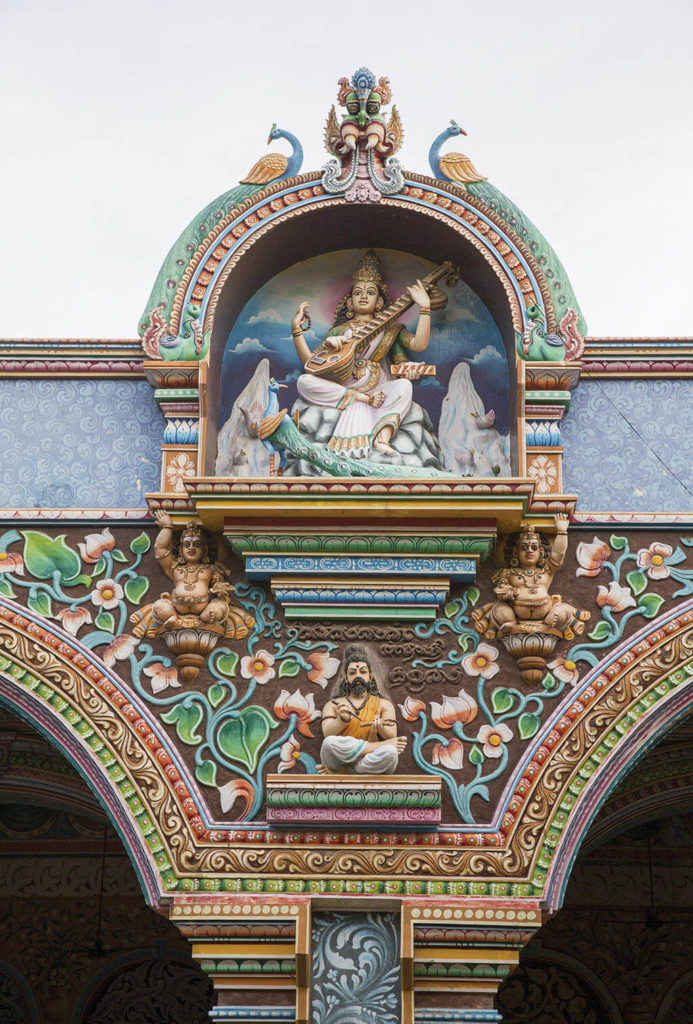
When the Indian Pilgrimage was over, my wife and I flew back to the US. On the way, sitting in the cramped and crowded economy section of Emirates Flight 231, I awoke from a brief period of dozing with a headache, sweating, fatigued and uncomfortable. Merging the past and the present moment, I remembered and felt again all the sadness and strain of packing and saying goodbye to our Indian family. I looked at my watch, it was a little after 4 am Indian time and we had already been traveling for eleven hours—driving out of Hyderabad through hectic traffic to Rajiv Gandhi airport, flying to Dubai, waiting in the airport and flying for hours over the Middle East toward the Atlantic crossing. And from now until our arrival in Washington Dulles airport, “ten more hours to go!” Mired in an ugly, unpleasant state I felt resentful, sick, and tired. I started whining to myself, “How am I going to handle the rest of this trip?” Then somewhere in the inner distance, I seemed to hear a faint whispering call, “You should meditate.” “But,” I answered “I don’t feel like it…” And then, just barely overcoming my resistance, I decided to try for a minute or two. Straightening up, stretching, relaxing my body, I centered and started following the breath, leaving my self-pitying state behind, I entered the silence, “Ah, so much better.” Surprisingly, it was easy to stay in meditation and for the next 25 minutes or so I sailed free and easy through calm empty space. Then awakening, shifting out of this good meditation, I felt wonderfully restored. The meditation, I thought, was “utterly transformative.” Feeling some agency, energy, and amusement again, I pulled my pen and travel journal out of the seat pocket, lowered the tray table and happily started going back over my notes on the Tamil Nadhu pilgrimage—reading, remembering, and filling in details. I enjoyed recalling our visits to the marvelous Hindu temples, sunrise on the Bay of Bengal, and the silence of the ashram. As I recalled and re-entered these experience via memory and reflection, the Murshid reappeared and once again I connected with Sri Aurobindo, the Mother, Shah Jii, and the Gods and Goddesses of the Temples. And then, “What’s that high pitched noise I seem to hear?—Ah, yes, Shiva, it’s the dwarf of forgetfulness of Self, screeching…”
NOTES
1 Ali Bin Uthman Al-Hujwiri (Data Ganj Bakhsh) Kashaf Al Madjub, (“The Unveiling of the Veiled,”) translated by Reynold Nicholson, Islamic Book Foundation, Lahore, Pakistan, 1976, p. 345.
2 Victor Turner and Edith Turner, Image and Pilgrimage in Christian Culture, Columbia University Press, New York, 1978 p. 37, Cf. pp. 250-251.
3 Peter Heehs, Sri Aurobindo: A Brief Biography, Oxford University Press, Delhi, 1989 and Peter Heehs, ed., The Essential Writings of Sri Aurobindo, Oxford University Press, 1998. Not far from Pondicherry is Auroville, the successful experimental township founded by The Mother.
4 Hazrat Inayat Khan, Mastery Through Accomplishment, Sufi Order Publications, New Lebanon, NY, 1978 p. 294.
[/wcm_restrict]
PHOTO © RAZAQ VANCE
PHOTO © RAZAQ VANCE
PHOTO © ZANNA PESNINE/ BIGSTOCK.COM
RETURN TO ISSUE 98 TABLE OF CONTENTS
[/wcm_restrict] [wcm_nonmember]
To read this article in full, you must Buy Digital Subscription, or log in if you are a subscriber.
[/wcm_nonmember]
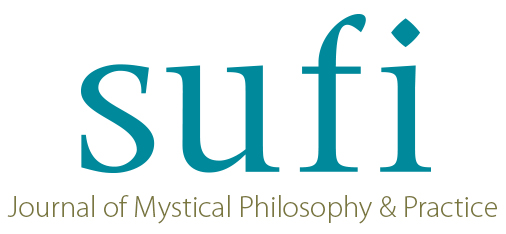
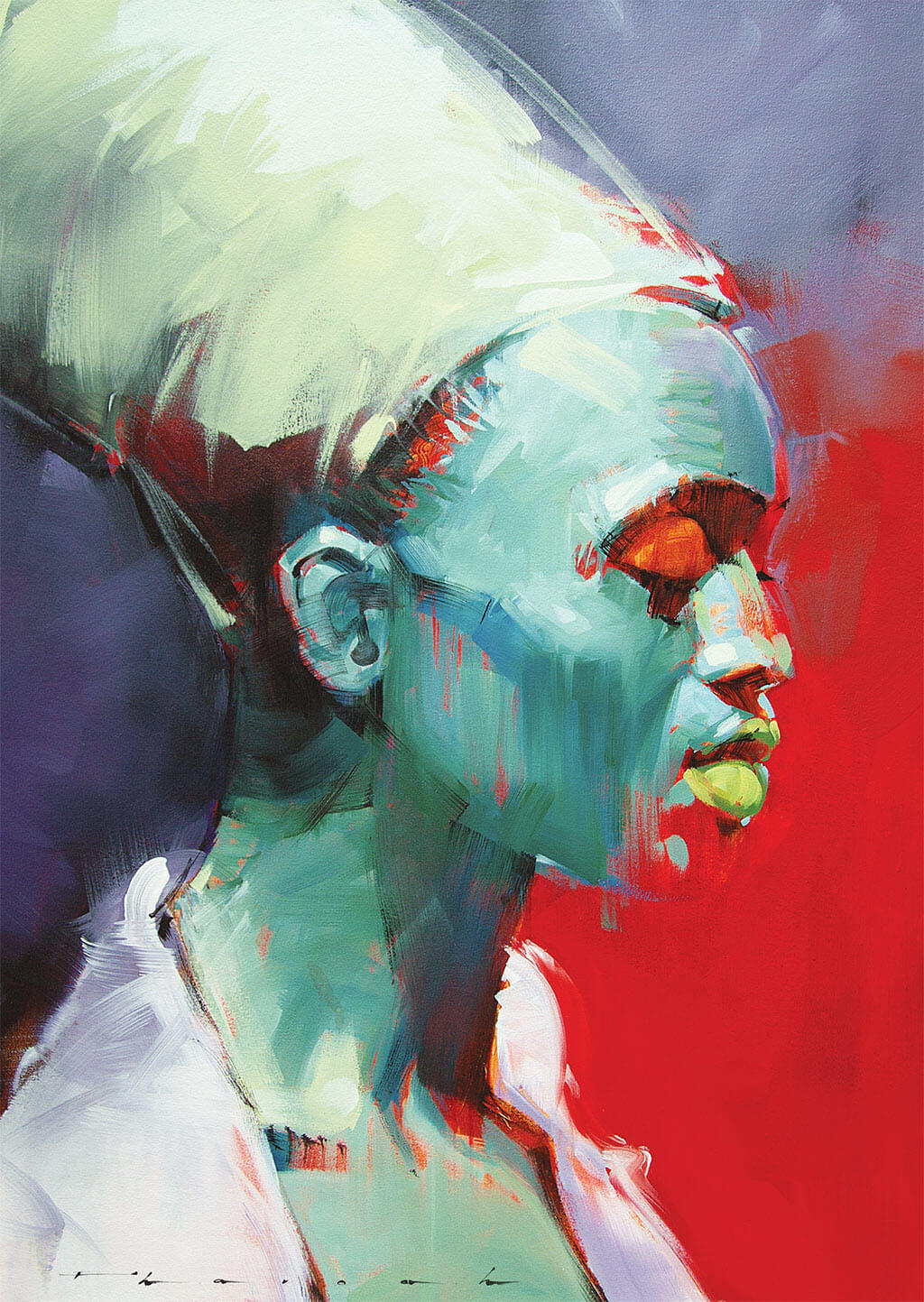 The Costly Transgression
The Costly Transgression
